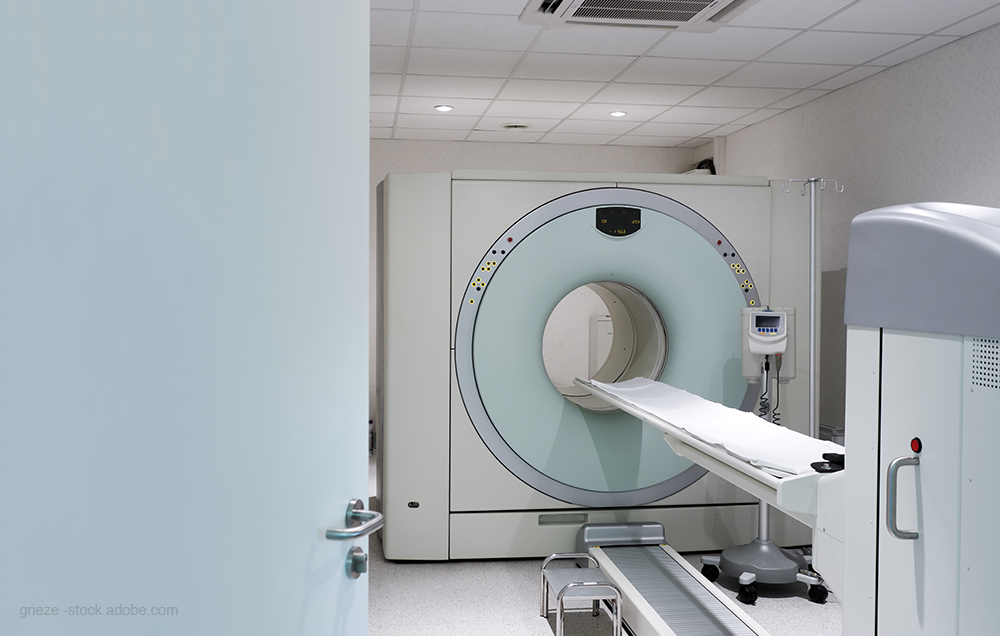PET/MRI Motion Correction Aids in Quantifying, Detecting PET-Avid Lesions
Motion correction has potential to affect diagnosis or patient care.

There was better quantification and detection of PET-avid lesions with the addition of a motion correction algorithm, according to a study published in the Journal of Nuclear Medicine.
Researchers from the United Kingdom sought to determine the ability of their joint PET/MRI-based predictive motion model to correct respiratory motion in PET, demonstrating that the algorithm could improve lesion detectability and quantitation and reduce image artifacts.
Forty-two clinical PET/MRI patient datasets containing 162 PET-avid lesions were included in the study. The researchers used multiple tracers and multiple organ locations to apply their motion correction method to the datasets. Quantitative changes were calculated using SUV changes in avid lesions. Lesion detectability changes were explored with a study; two radiologists identified lesions in uncorrected and motion-corrected images and provided confidence scores.
The results showed mean increases of 12.4% for SUVpeak and 17.6% for SUVmax after motion correction were found. In the detectability study, confidence scores for detecting avid lesions increased, with a rise in mean score from 2.67 to 3.01 (of 4) after motion correction and a rise in detection rate from 74% to 84%. Of 162 confirmed lesions, 49 showed an increase in all three metrics-SUVpeak, SUVmax, and combined reader confidence score-whereas only two lesions showed a decrease.
The researchers also presented clinical case studies that demonstrated the effect of respiratory motion correction of PET data on patient management, with increased numbers of detected lesions, improved lesion sharpness and localization, and reduced attenuation-based artifacts.
They concluded that there were significant improvements in quantification and detection of PET-avid lesions, with specific case study examples showing where motion correction has the potential to affect diagnosis or patient care.
Meta-Analysis Shows No Difference Between bpMRI and mpMRI in Ruling Out csPCa
March 6th 2025In an 18-study meta-analysis involving over 4,600 patients, researchers found that bpMRI and mpMRI had equivalent pooled negative predictive value (NPV) of 92 percent for clinically significant prostate cancer (csPCa).
Is MRI Contrast Enhancement Necessary for Long-Term Monitoring of Diffuse Glioma?
March 4th 2025In a comparison of contrast-enhanced T1-weighted (CET1w) MRI (and T2-weighted MRI/FLAIR imaging, researchers found that only three out of 82 cases of glioma progression were solely detected with CET1w MRI.
Can Deep Learning Ultra-Fast bpMRI Have an Impact in Prostate Cancer Imaging?
March 3rd 2025A deep learning-enhanced ultra-fast bpMRI protocol offered similar sensitivity for csPCa as mpMRI with an 80 percent reduction in scan time, according to research findings presented at the European Congress of Radiology (ECR) conference.